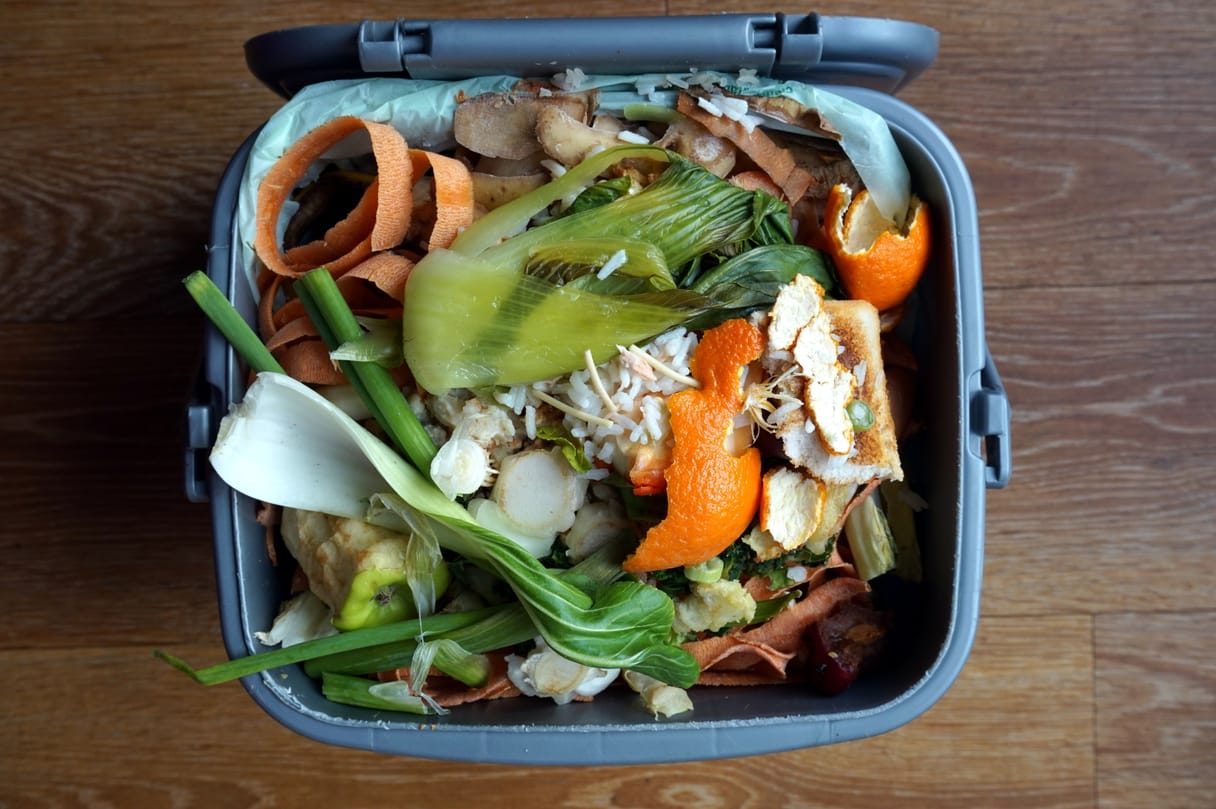A data-driven approach to food-waste solutions
Jeffrey Constantino talks food waste and solutions for the restaurant industry
• public
A version of this story first appeared in The Prep newsletter. To get it in your inbox, sign up for free by clicking here.
Tackling food waste in the restaurant industry is no small feat. ReFED, a U.S.-based national nonprofit, collaborates with businesses to help reduce food waste through the use of data and innovative tools. The Prep spoke with Jeffrey Constantino, ReFED’s communications director, about how its work provides a foundation for restaurants and other food businesses to launch waste reduction efforts. -Brent LeBlanc
What is ReFED’s mission, and how does it support restaurants?
ReFED’s mission is to catalyze the food system toward evidence-based action to stop wasting food. We engage food businesses, innovators, funders and policymakers to drive systems-level change. For restaurants specifically, our business services team provides custom analytics and advisory support to help them understand where in their operations waste is being generated and which solutions could help reduce it.
Which food-waste reduction strategies have the most immediate impact for restaurants?
We estimate that restaurants generated 12.7 million tons of surplus food in 2023, with nearly 70% coming from plate waste. Offering flexible portion sizes and à la carte options can help reduce that. In the kitchen, using waste-tracking tools such as Leanpath and Winnow is one of the most cost-effective ways to identify where food is being wasted and how to prevent it.
How can restaurants measure the financial impact of reducing food waste?
The value of uneaten food in full and limited service restaurants exceeds $27 billion annually. Restaurants can measure financial impact by using tracking tools that quantify waste and assign value to it. Our Insights Engine—a free online resource offering data and resources to understand and address food waste—helps restaurants explore specific solutions and their projected return. For example, tracking food waste in foodservice could create a net financial benefit of nearly $4 billion per year.
What are the biggest challenges restaurants face in reducing food waste?
Since most waste comes from what customers don’t eat, many restaurants feel it’s out of their control. But this is actually a major opportunity. Solutions like portion flexibility and consumer education can make a big difference. We help restaurants understand the scope of the problem and guide them to strategies that work.
How can restaurants get involved in food donation efforts?
Currently, less than 1% of surplus food from restaurants is donated, mainly due to challenges with prepared food storage and transport. But there are organizations that specialize in this, and our Solution Provider Directory makes it easier to find them. Restaurants can learn about food donation organizations in your area by looking through ReFED’s Solution Provider Directory, and sorting by Food Rescue organizations.
This interview has been edited for brevity and clarity.
Thank you for reading The Prep.
We bring you the latest news, trends, business tips and analysis for aspirational independent restaurants. Have a story idea or a business you think we should spotlight? Contact us. Interested in advertising, contact our advertising department.
If you'd like to read more, check out our Hidden Menu exclusives.
